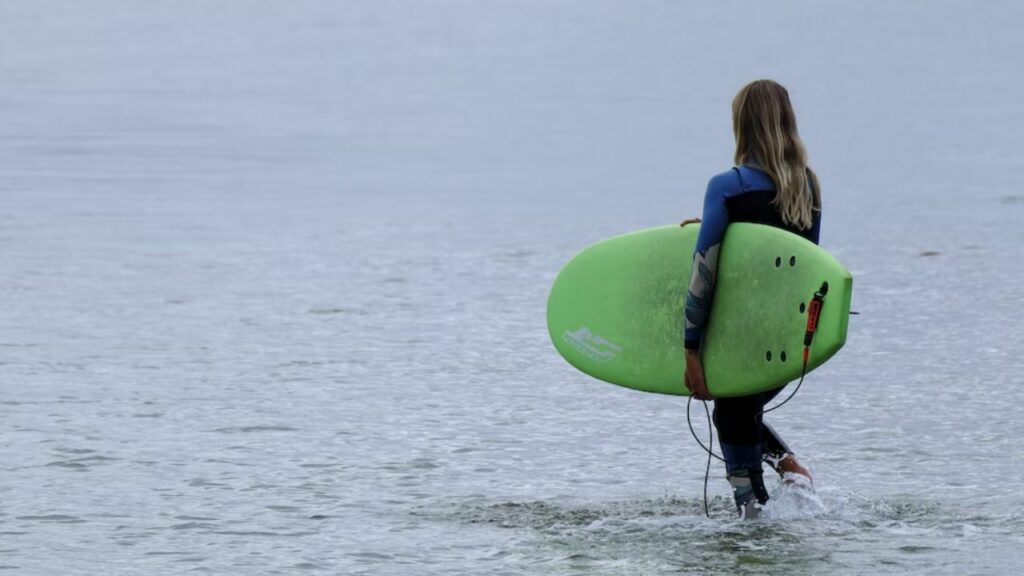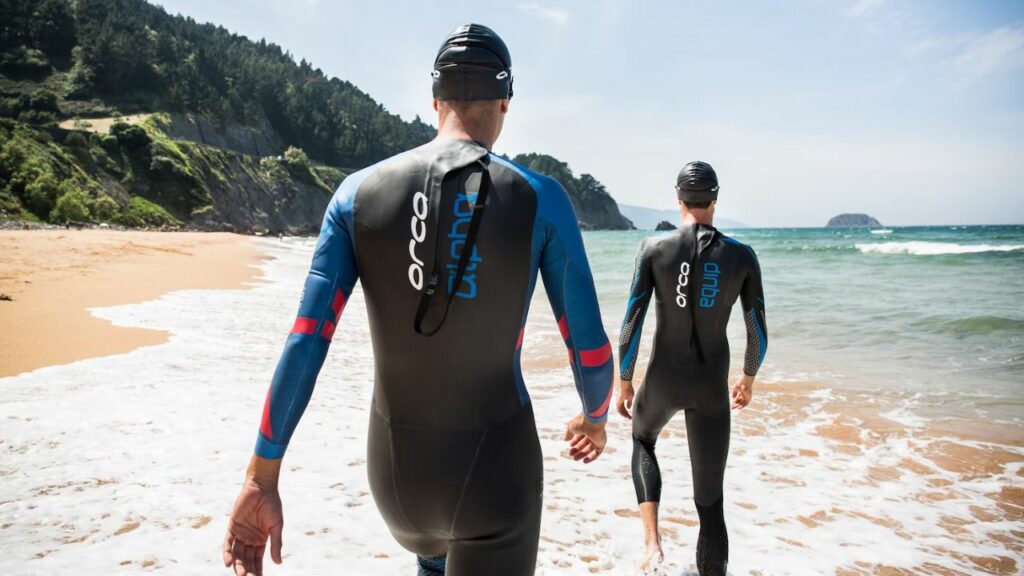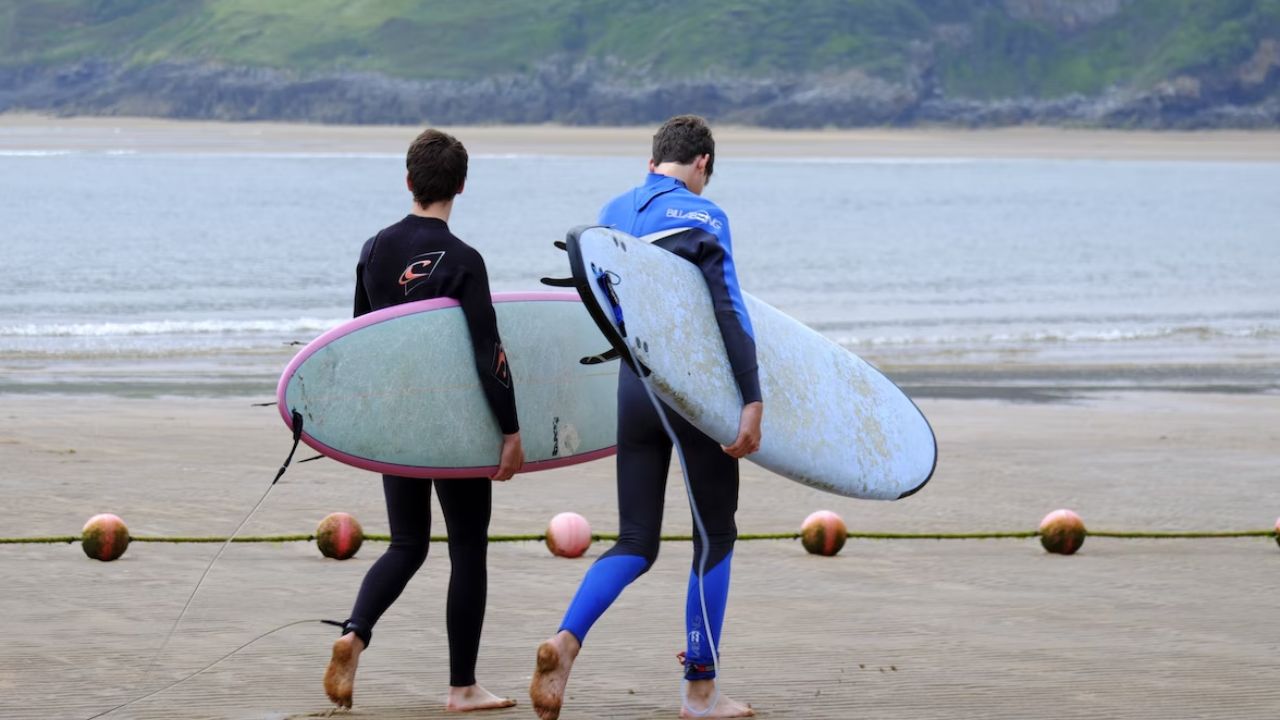Surfing is one of the most popular water sports in the world. It’s an exhilarating experience that draws people to beaches around the globe. However, the risk of shark attacks while surfing concerns many enthusiasts.
According to the International Shark Attack File, there were 129 unprovoked shark attacks on humans in 2020, with 57 of them occurring in the United States. Out of the US attacks, surfers accounted for the highest number of incidents.
That said, you mustn’t get worried and become dismissive of watersports just yet. It’s important to understand where these shark attacks occur to minimize the risk and ensure the safety of surfers.
While shark attacks are relatively rare, it’s still a serious concern that can have devastating consequences. The geographic distribution of shark attacks is not random. Certain regions are known for having higher incidences of shark attacks, while others have very few or none.
By knowing where most shark attacks occur, surfers can make informed decisions about where and when to surf and what precautions to take.
Why do sharks attack surfers?
Sharks are attracted to the same things that surfers are: waves, fish, and the smell of saltwater. They have an incredible sense of smell and can detect even tiny amounts of blood from miles away.
That means that if there are fish or other marine animals in the area, there’s a chance that sharks may be nearby as well.
Another factor contributing to the risk of a shark attack is the time of day. Many sharks are more active at dawn and dusk, so surfers in the water may be at a higher risk. Certain environmental factors, such as murky water or increased marine activity, can also increase the risk of a shark attack.
More importantly, not all shark attacks are the same. In some cases, sharks may simply be curious and take a bite out of a surfer, mistaking them for prey. In other instances, sharks may be more aggressive and repeatedly attack, causing fatal injuries.
Understanding the factors contributing to the risk of a shark attack is an essential first step in minimizing that risk.
1. Geographical Location of Shark Attacks
Although shark attacks can happen anywhere globally, some regions have recorded more cases than others.
According to the International Shark Attack File (ISAF), the United States recorded the highest number of shark attacks on surfers in 2020, with 24 incidents. Other countries with high numbers of shark attacks on surfers include Australia, South Africa, and Brazil.
Western Australia has recorded the highest number of fatal shark attacks on surfers in recent years, with most incidents occurring in the southwest region.

South Africa is also notorious for shark attacks on surfers, with most incidents occurring along the coastline of the Eastern Cape province. In 2015, a great white shark killed a surfer in the J-Bay Open surfing competition, which led to the event’s cancellation.
Brazil has also recorded many shark attacks on surfers, particularly in the northeast. The state of Pernambuco has been dubbed the “shark bite capital of the world.” It’s due to the high number of incidents recorded in the area.
Apart from these countries, other regions have also recorded numerous shark attacks on surfers. For instance, the Indian Ocean region, including the Maldives and Reunion Island, has recently registered several shark attacks on surfers. The Caribbean region has also seen an increase in shark attacks on surfers, particularly in the Bahamas.
Several factors contribute to the frequency of shark attacks on surfers in certain regions. One of the main factors is the presence of shark populations in the area. Areas with large populations of sharks are more likely to experience shark attacks on surfers than areas with low shark populations.
Another factor is the abundance of prey in the area. Sharks are attracted to areas with high concentrations of fish, which are their food source. This makes areas with high concentrations of fish more likely to experience shark attacks on surfers.
2. Time of Day and Season
Shark attacks on surfers can happen at any time of the day or year, but certain times and seasons are associated with a higher risk. Understanding these factors can help surfers take precautions and minimize their risk of encountering a shark.
First, let’s talk about the time of day. According to research, shark attacks on surfers are more likely to occur during dawn and dusk, also known as the “twilight hours.” This is because, during these times, the light is dimmer, making it harder for sharks to see their prey.
Additionally, some sharks are known to be more active during these hours as they hunt for food. Surfers who surf during these hours should be extra cautious and avoid surfing alone.
Seasons can also impact the risk of shark attacks on surfers. During the summer, when beaches are crowded with tourists and surfers, there tends to be a higher frequency of shark sightings and attacks. This is because warmer water temperatures attract more baitfish, which draw sharks.
Additionally, more people are often in the water during the summer, which can increase the chances of a shark encounter. You gotta be especially cautious during these times and avoid areas with high baitfish activity or where there have been recent shark sightings.
3. Human Activity and Environmental Factors
Sharks are fascinating creatures that have always intrigued and frightened humans. Human activity and environmental factors such as pollution, climate change, and other ecological changes can affect shark behavior.
Pollution from plastics, chemicals, and other waste products can alter the chemical composition of the water and affect the way sharks sense their environment.
Sharks rely heavily on their sense of smell to locate prey, and changes in the chemical composition of the water can confuse and disorient them. This increases the likelihood of mistaken identity attacks, where the shark mistakes a surfer for its prey.
Climate change is another environmental factor that can contribute to shark attacks. As ocean temperatures rise, many fish species, including sharks, move north for calmer waters.
This means that once shark-free areas may now be home to these apex predators. Additionally, changes in ocean currents and weather patterns can alter sharks’ distribution and behavior, making it more difficult to predict where and when they will most likely be present.
Other environmental changes, like changes in the availability of food sources, can alter the hunting patterns of sharks. Changes in water clarity and visibility can also make it more difficult for sharks to distinguish between different objects in the water, increasing the risk of mistaken identity attacks.
Surfers can also inadvertently attract sharks by wearing brightly colored clothing or jewelry resembling the scales of fish or by paddling on surfboards resembling the shape and movement of a seal, a favorite prey of some sharks.

How to minimize the risk of shark attacks?
A. Avoid surfing during peak feeding times.
Sharks are more likely to be active and look for prey during dawn and dusk, so it’s best to avoid surfing during these times.
B. Always surf in groups.
Sharks are more likely to attack individuals, so surfing in a group can help to minimize the risk of attack.
C. Avoid murky water.
Sharks rely heavily on their vision to hunt, so murky water can increase the likelihood of a mistaken identity attack.
D. Don’t wear shiny jewelry.
Sharks are attracted to shiny objects, so it’s best to avoid wearing jewelry when surfing.
E. Don’t surf near river mouths.
River mouths can attract bait fish, which can attract sharks.
F. Pay attention to warning signs.
Be sure to pay attention to any warning signs posted on the beach. If there are reports of shark sightings or attacks, it’s best to avoid surfing altogether.
G. Be aware of your surroundings.
Be sure to keep an eye on your surroundings when surfing. If you notice any unusual activity, leaving the water is best.
H. Know first aid.
Learning basic first aid skills, including stopping bleeding and performing CPR.

What to do if you’re attacked by a shark while surfing?
While the chances of being attacked by a shark are low, it’s still important to know what to do if an attack occurs. Here’s a step-by-step guide:
Step 1: Stay Calm
If you’re attacked by a shark, the first thing to do is stay calm. Panic can cause you to make irrational decisions, which can worsen the situation.
Step 2: Defend Yourself
If a shark attacks you, your instinct may be to fight back. Use anything to defend yourself, including your surfboard or anything nearby.
Step 3: Get Medical Attention
After the attack, seeking medical attention as soon as possible is essential. Shark bites can be severe and require immediate medical attention.

